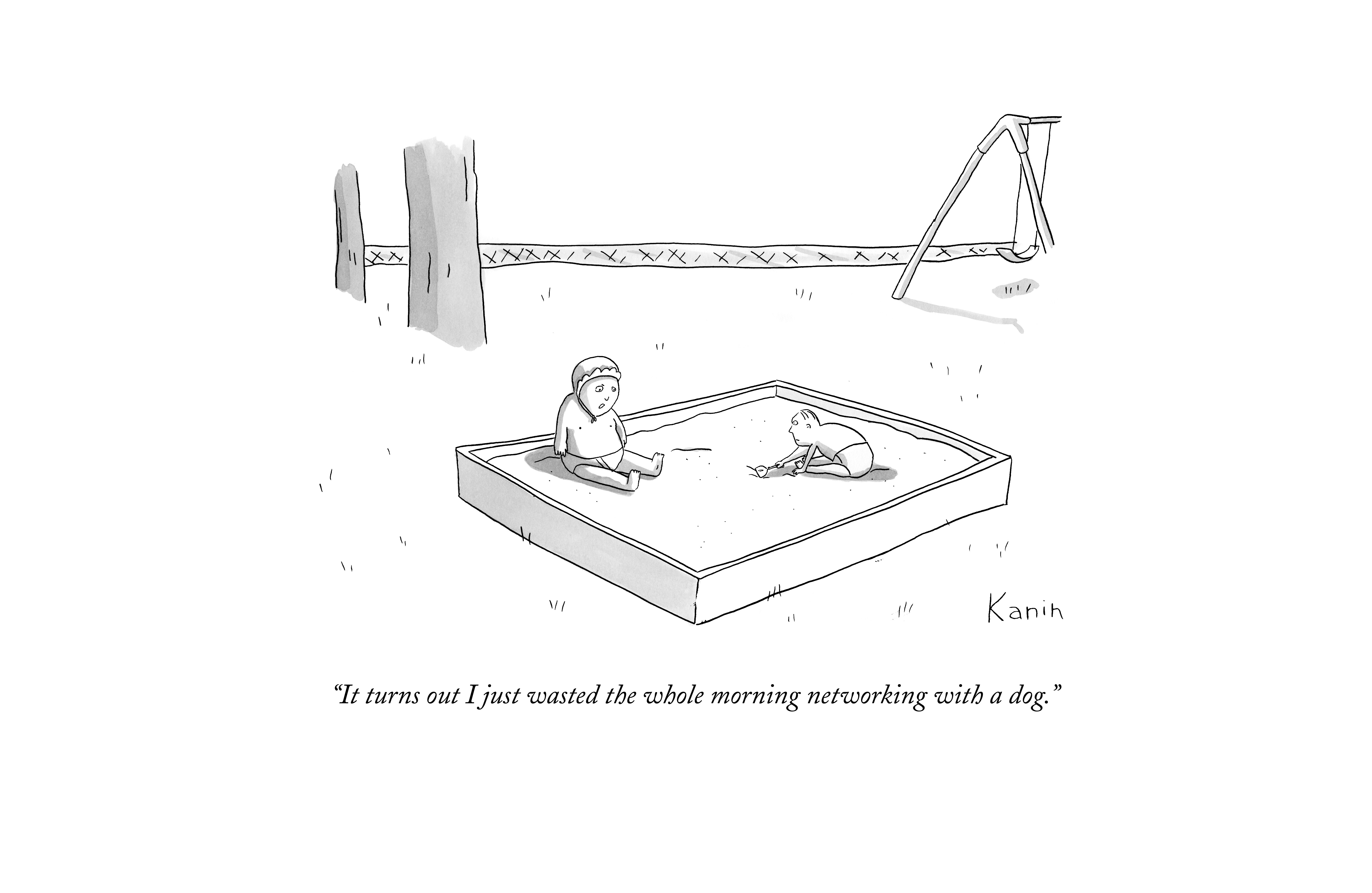Which Half of my Advertising is Wasted — and It Is Only Half?

“Half my advertising spend is wasted; the trouble is, I don’t know which half.” This quote is regularly attributed to either U.S. retail magnate John Wanamaker or to UK industrialist Lord Leverhulme, depending on which side of the Atlantic you were trained. The quote has become a cliché for the uncertainty about the effectiveness (or ineffectiveness) of advertising.
When you Google the phrase “half my advertising is wasted,” you get about 21,700,000 results, showing that, even in the age of Internet advertising, this “waste” is vividly real.
Every time the quote is trotted out at an industry event, half the audience groans while the other half giggles nervously, eyes down, averting contact. It is unclear if this reaction comes from those who are ashamed to be caught at an advertising conference or from a belief that the 50 percent figure is ridiculously low or ridiculously high. What seems to be acknowledged, though, is the belief that advertising is an unaccountable cost of business. Unaccountable is not a good place to be in an era that worships increased shareholder value.
Why does the industry do little to prove John Wanamaker (or Lord Leverhulme) wrong?
Imagine any other profession, and I use the term advisedly, tolerating the belief that half of its effort is wasted? Who would work with an accountant who files tax returns that are right only half the time? Who would work with a lawyer who loses half of his cases? Who would seek out a doctor whose diagnostic hit-rate is only 50 percent right?
The advertising industry loves to perpetuate the myth that half of its spend is wasted — and that’s just how it is; you can’t win all the time. Is the click real or fraudulent? Human or bot? Who cares? It’s a flip of a coin, heads or tails, wasted or not. It’s the 50 percent rule.
Researchers Rex Briggs and Greg Stuart tackled the myth directly in 2006, publishing their book What Sticks: Why Most Advertising Fails and How to Guarantee Yours Succeeds. After examining more than $1 billion of marketing spend for one million consumers by 30 major corporations, they discovered that the marketing spend in question had an overall effectiveness rate of no more than 37 percent.
If marketers said “63 percent of my adverting spend is wasted,” this would not have quite the same ring as John Wanamaker’s 50 percent phrase, but it would be more accurate. Briggs and Stuart figured out why nearly two-thirds of marketing expenditures were wasted, concluding that the waste came from a poor understanding of consumer motivations, coupled with inaccurate messaging delivered with an inappropriate media mix. Bingo. Target missed.
This is worse than the flip of a coin. Getting consumer motivations wrong is a serious problem. So is inaccurate messaging. So is an inappropriate media mix. If this is the best that marketing can do, it’s a sad commentary on the professionalism of its marketing practitioners.
The Briggs and Stuart results were from 2006, roughly in line with when marketers pivoted to deal with the challenges of digital and social marketing. Digital and social challenges added complexity and may have distracted marketers from correcting the underlying consumer, messaging, and media mix mistakes that Briggs and Stuart identified. Digital and social adds fraud to waste levels. Recent analyses show fraud levels of 23 percent for social display ads and 31 percent for news video ads on iPhones. Fraud levels increase waste levels above the original 63 percent level Briggs and Stuart calculated.
Fifty years of Marketing Effectiveness Awards from various organizations demonstrate that advertisers and their agencies have an interest in becoming more effective, and we have recently seen an increased desire among marketers to drive brand growth for their organizations. This is both good and important.
Equally important, then, is the need to be more honest and to declare that Wanamaker and Lord Leverhulme were hopeless optimists who left us with the unrealistic belief that we were wasting only 50 percent of our marketing spend.
An updated version of Wanamaker’s phrase is now required.
“Nearly two-thirds of our advertising spend is wasted — and we are diligently trying to fix it.”
Click the social buttons to share this story with your friends and colleagues.
The opinions and points of view expressed in this content are exclusively the views of the author and/or subject(s) and do not necessarily represent the views of MediaVillage.com/MyersBizNet, Inc. management or associated writers.


